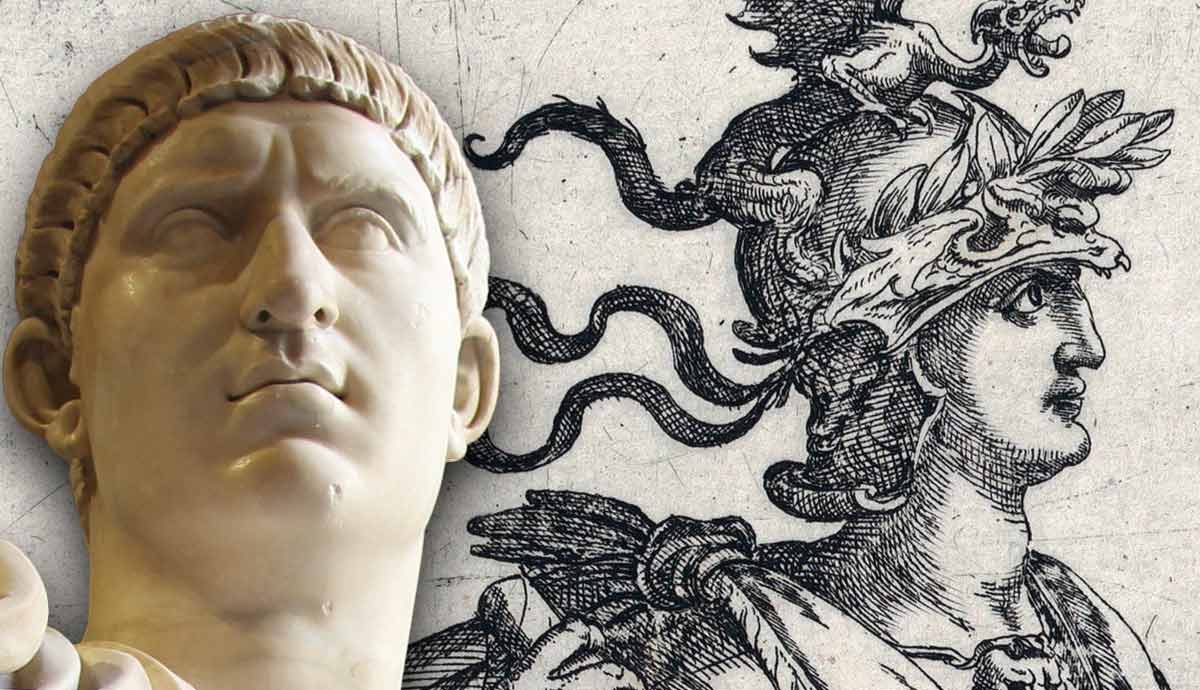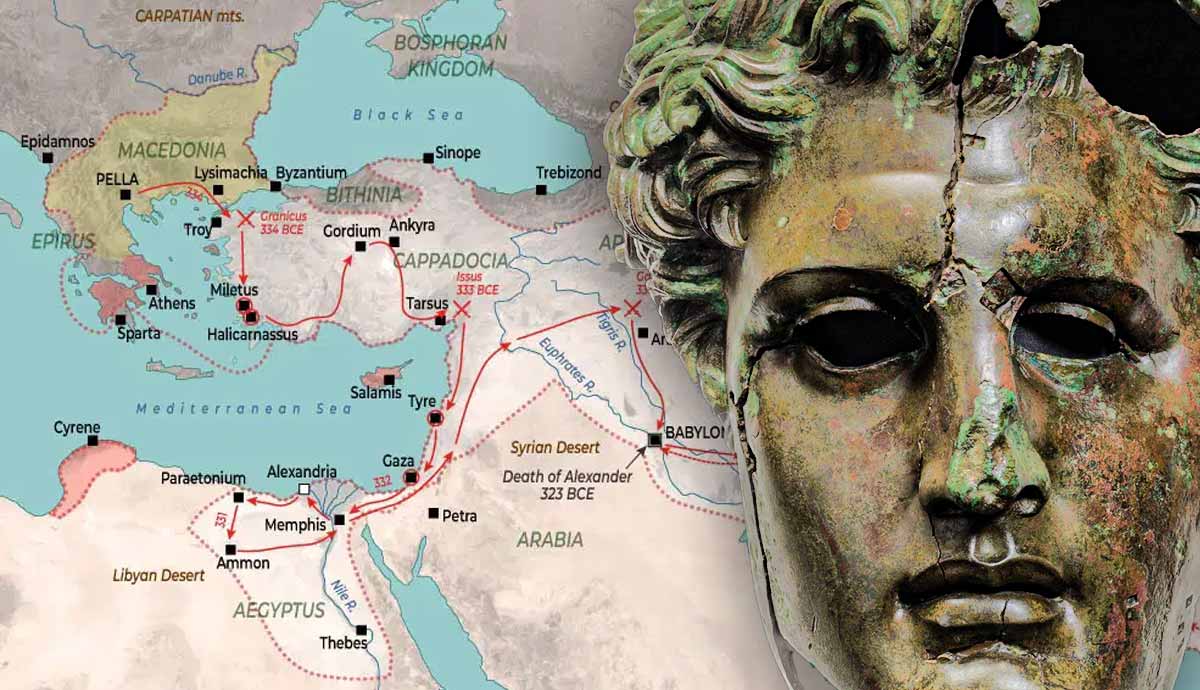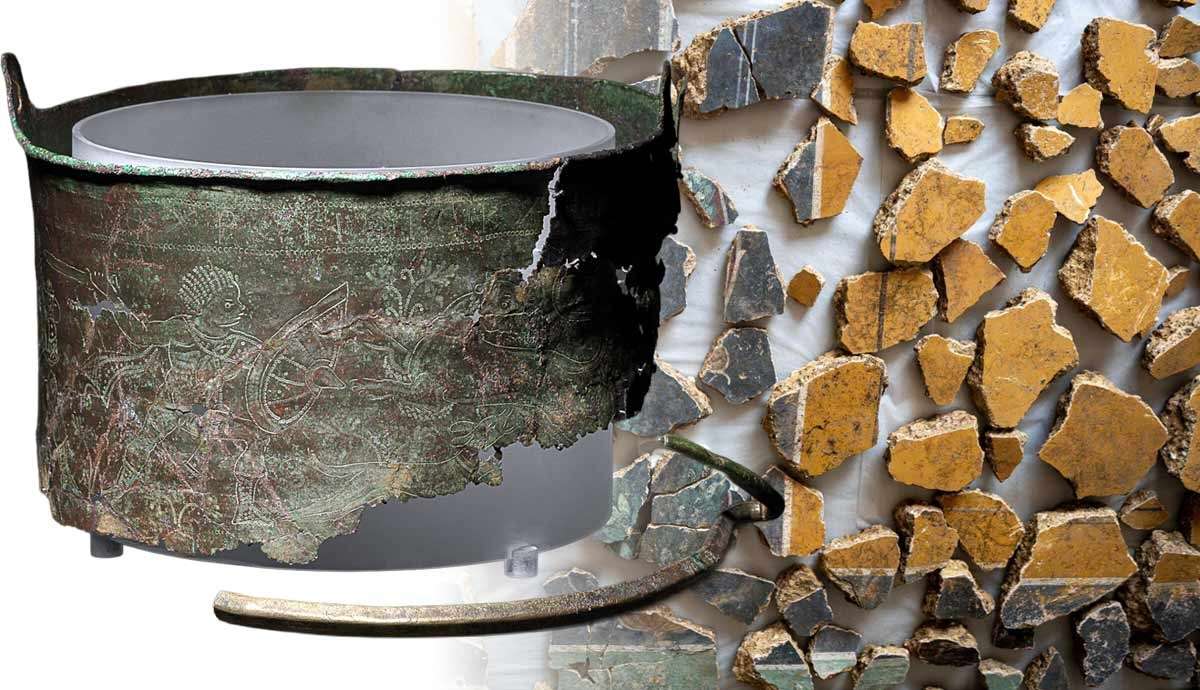
Vitellius was one of the four emperors who claimed power in the turbulent year that followed the death of the last Julio-Claudian, Nero. History is written by the victor, and after just eight months Vespasian ousted Vitellius and established the Flavian Dynasty. Consequently, history inevitably remembers Vitellius unkindly as a lazy glutton who destroyed Rome’s most sacred temple and caused the deaths of tens of thousands of Roman citizens.
Who Was Aulus Vitellius?
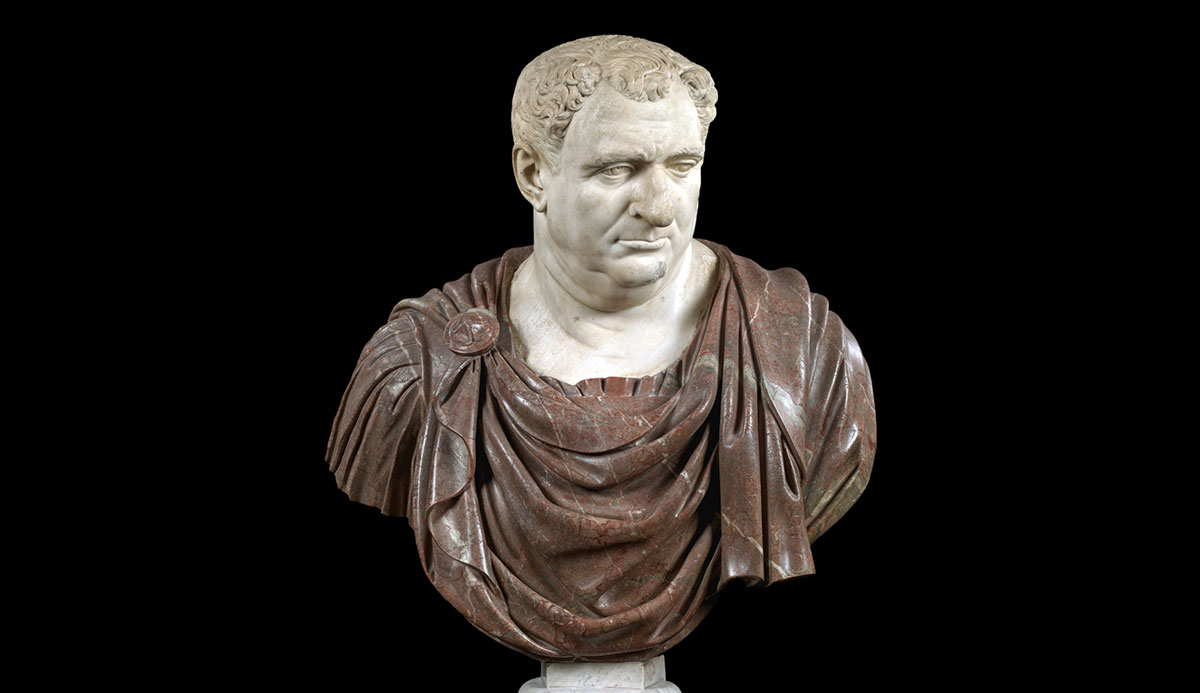
Aulus Vitellius, the son of Lucius Vitellius and younger brother of another Lucius, is remembered as the first Roman emperor not born into a senatorial-ranking family. He was born on September 24, 15 CE to the Vitellia gens. The origins of this family were uncertain even in Vitellius’s time, with some claiming that they were the descendants of the kings of Latium, and others that it was a low-class family. After 69 CE, most people probably chose whichever story best fit their opinion of Aulus.
His father Lucius Vitellius was of equestrian rank but was raised to senatorial rank while Aulus was still young. During this period, we hear of many families being raised to senatorial rank, which is a testament to how many families were destroyed during the civil wars of the 1st century BCE and the treason trials of the early 1st century CE.

Nevertheless, when Aulus Vitellius was just a youth, his family was sufficiently esteemed that he was raised at Capri with Tiberius during the latter half of the old emperor’s reign. At Capri, he reportedly formed a friendship with Gaius Caligula, who was just a few years older than Vitellius. According to Suetonius, the two bonded over their shared love of chariot racing. He also bonded with Claudius over their love of dice games and later made himself dear to Nero through flattery (Suetonius, Vitellius 4). Suetonius says that Vitellius was involved in a chariot accident when Gaius was driving which gave him a lame leg for the rest of his life. He also described Vitellius as abnormally tall, with a huge belly, and a face flushed from drinking (Suetonius, Vitellius 17).
When his young friend Gaius became emperor, Vitellius’s career took off. By 48 CE, under Claudius, he was made consul and then served as the proconsular governor of Africa in 60/61 CE under Nero.
How Did Vitellus Become Emperor?
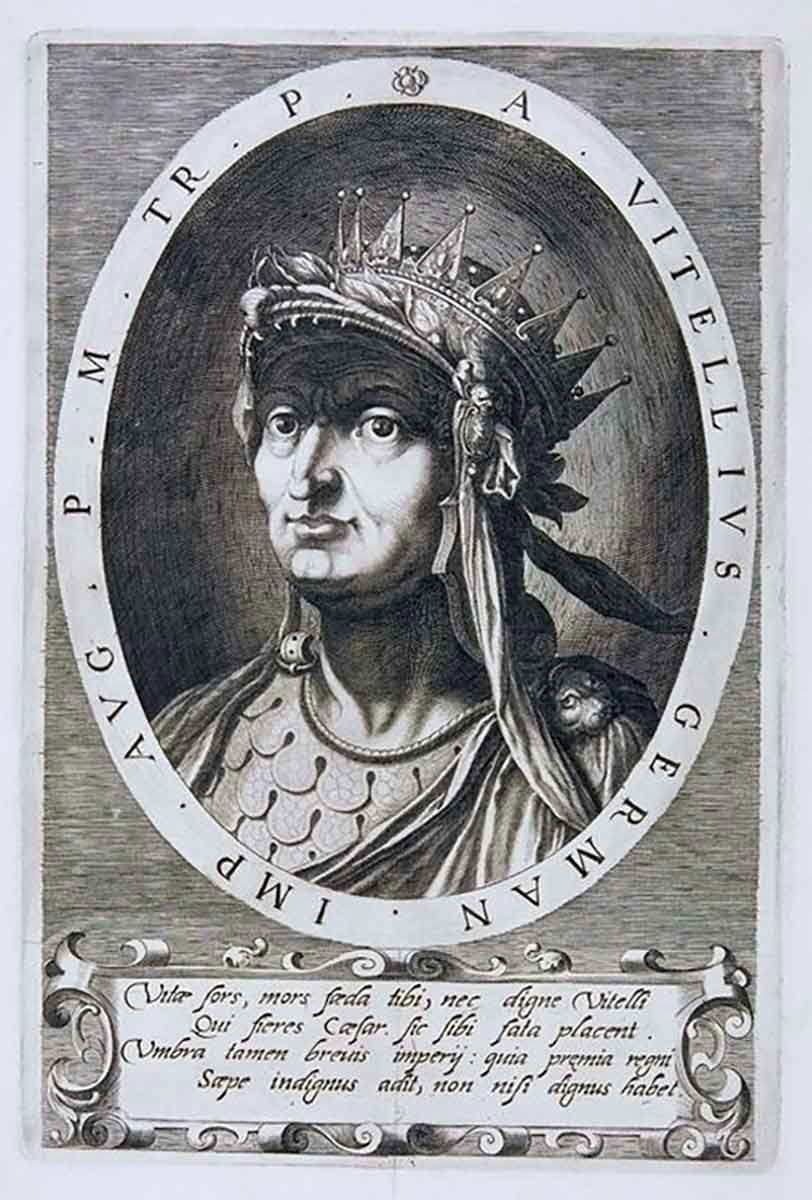
When Nero lost the support of the elite in 68 CE and committed assisted suicide, Galba, an old senator and governor of Hispania Terraconensis, was declared emperor by his troops, and later the Senate. Shortly after his accession, Galba sent Vitellius to Germania Inferior as governor. Vitellius immediately became popular among the troops for his excessively good nature, which reportedly undermined discipline in the region.
Galba quickly made himself unpopular, especially with the army, by trying to enforce harsh disciplinary standards and refusing to pay large donatives to the troops. Consequently, when the legions in Germania were called on to swear allegiance to Galba on January 1, 69 CE, they refused. Led by their commanders, Caecina and Fabius Valens, on January 2 they declared Vitellius their emperor in Cologne and repeated the oath the following day. Within a few days, the armies in Gaul, Britannia, and Raetia followed their example.
Galba tried to strengthen his position by naming Lucius Calpurnius Piso Licinianus as his heir on January 10. But this alienated another of his supporters, Otho, who had expected to be chosen for succession. Otho bribed the Praetorian Guard in Rome to support him, and they killed Galba and Piso and made Otho emperor on January 15. Otho then tried to come to terms with Vitellius, suggesting that he could marry Vitellius’s daughter, and they could share power. But it seems Vitellius was set on making himself emperor.
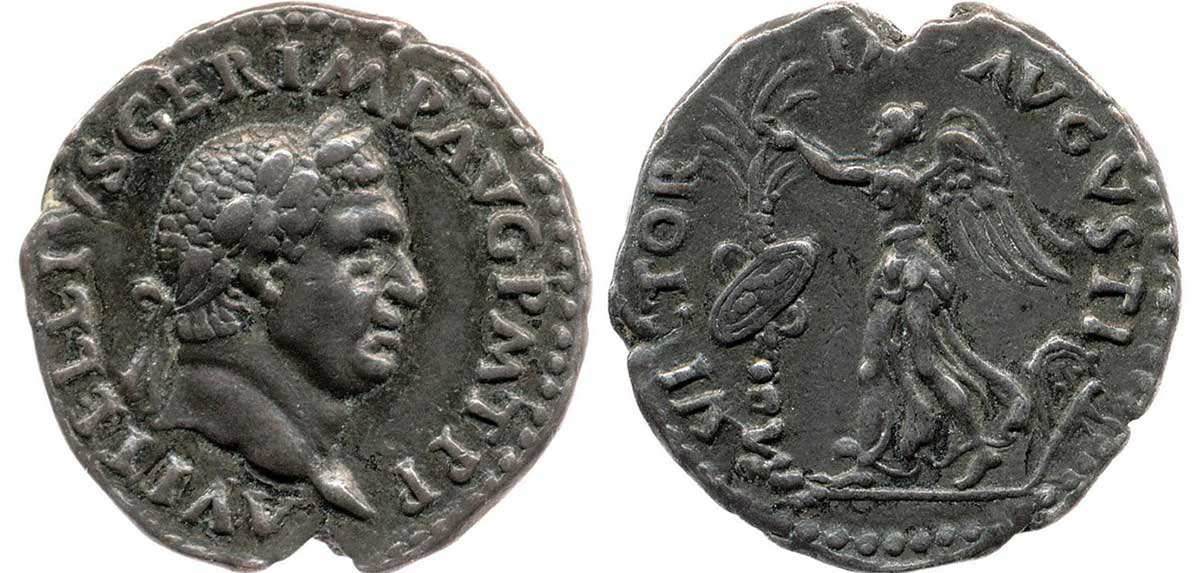
This led to a confrontation between Vitellius’s forces and some of Otho’s forces at the Battle of Bedraicum, at Cremona in northern Italy, on April 19, 69 CE. The Vitellian forces ambushed and massacred Otho’s forces when they marched out of their camp at Cremona. Neither emperor was present. Vitellius was still following from Germania, and Otho was with a reserve force waiting for Danubian troops to arrive.
The arrival of the Danubians would have given Otho the upper hand, but rather than wait, Otho decided to commit suicide to avoid further bloodshed. The Senate was soon forced to recognize Vitellius as emperor. According to Tacitus, it was Flavius Sabinus, the brother of Vespasian and urban prefect in Rome, who had the soldiers of Rome swear allegiance to Vitellius (Tacitus, Histories 2.55).
Vitellius in Rome
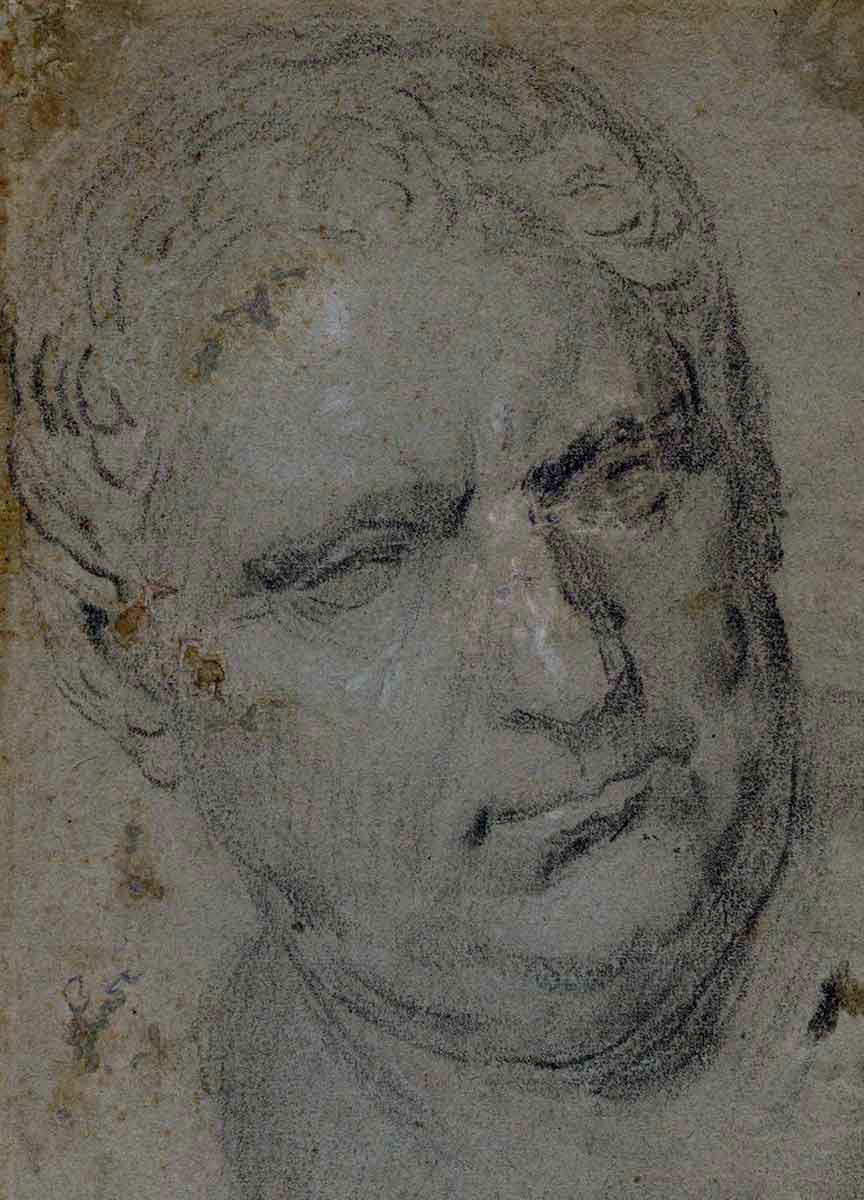
When Vitellius was hailed as emperor by his troops, he took the name Germanicus, rather than adopting Caesar, as had been used by the Julio-Claudians, Galba, and Otho. When he was recognized by the Senate, he also adopted the title Augustus.
As Vitellus and his army made their way through Italy, they engaged in robbery, violence, and debauchery. According to Tacitus:
“Their greed and venality knew no distinction between right and wrong; they respected nothing, whether sacred or profane. There were cases too where, under the disguise of soldiers, men murdered their personal enemies; and the soldiers in their turn, being acquainted with the country, marked out the best-stocked farms and the richest owners for booty or destruction, in case any resistance was made.” (Tacitus, Histories, 2.56)
Problems continued when Vitellius and his entourage eventually arrived in Rome at the end of June. Vitellius was forced to reward the army that had made him emperor by expanding the Praetorian Guard and filling it with his men from the Rhine. They continued to display a lack of discipline and took what they wanted as a conquering army. He made Caecina and Fabius Valens consuls.

The rest of his reign was characterized by a combination of self-indulgent luxury and cruelty. He honored Nero, as Otho had before him, as he was still popular with the masses, and Vitellius emulated him in his love of spectacles. But Vitellius’s biggest vice was reportedly food. He feasted four times a day, vomiting between meals to make space. He feasted at the houses of different nobles for each meal. Suetonius describes one of his most excessive meals.
“Most notorious of all was the dinner given by his brother to celebrate the emperor’s arrival in Rome, at which two thousand of the choicest fishes and seven thousand birds are said to have been served. He himself eclipsed even this at the dedication of a platter, which on account of its enormous size he called the ‘Shield of Minerva, Defender of the City.’ In this he mingled the livers of pike, the brains of pheasants and peacocks, the tongues of flamingoes and the milt of lampreys, brought by his captains and triremes from the whole empire, from Parthia to the Spanish strait.” (Suetonius, Vitellius 13)
He named his infant son as his heir and showered him with honors. At the same time, creditors demanded payment for their help in the war, so Vitellius started killing citizens to take their wealth. He also dealt with rivals ruthlessly, making them false promises and then ordering them killed.
According to scholars, the only positive things Vitellius did were ending the practice of centurions selling furloughs and exemptions from duty to enrich themselves and allowing equestrians to take up imperial civil service positions alongside slaves and freedmen.
The Challenge From the East
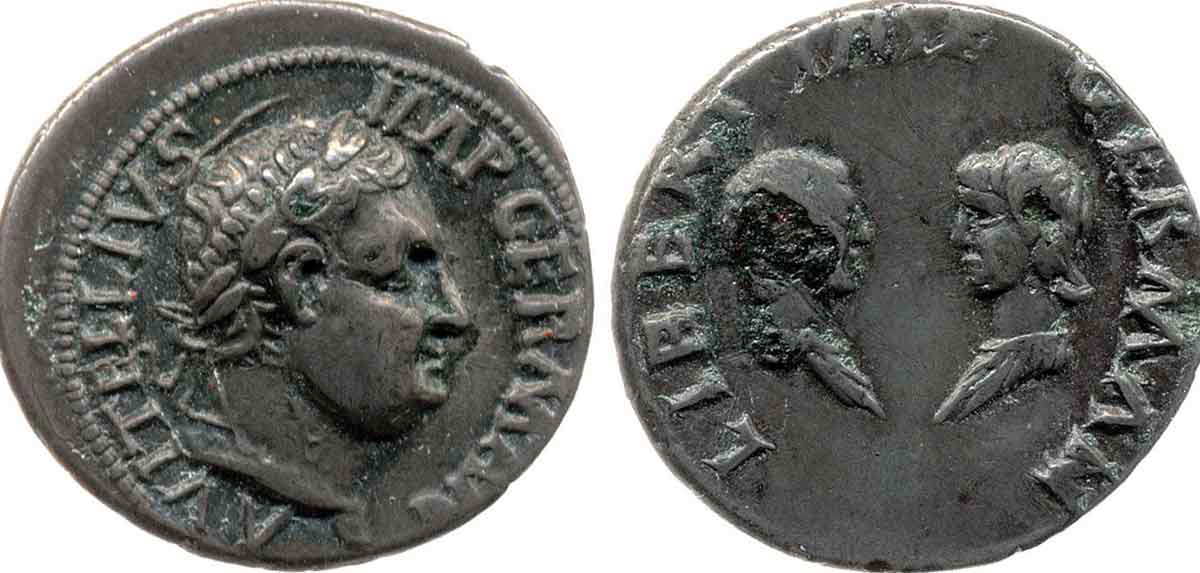
Vitellius had not been in Rome for long when the troops in Egypt and Judaea declared Vespasian (who had been leading the Judean war on behalf of Rome) as their new emperor on July 1, 69 CE. He was a highly respected general and the troops of Dacia and Illyricum soon followed suit.
It was agreed that Mucianus, the governor of Syria and one of Vespasian’s principal supporters, should lead the troops into Italy while Vespasian stayed behind and resolved issues in the East. This would also create separation between Vespasian and any devastation caused by his army in Italy.
But things moved faster than anyone expected when Marcus Antonius Primus, the commander of the legions in Pannonia, also revolted against Vitellius and threw his support behind Vespasian. He advanced into Italy quickly, ahead of Mucianus, and stormed the city of Cremona, where Vitellius had defeated Otho, and sacked and burned the city. He then forced his way into Rome on December 17. The civilian population of Rome supported Vitellius and there was guerrilla warfare in the streets between Primus’s armies and citizens throwing rocks and tiles from rooftops.
Meanwhile, Vitellius was reportedly in discussion with Flavius Sabinus, Vespasian’s brother, to abdicate in favor of Vespasian. But reportedly, when Vitellius’s supporters heard about this, they prevented him. They had thrown their support behind Vitellius and had almost as much to lose as he did. This change in attitude forced the Flavians to retreat to the Capitoline Hill. Consequently, Vitellius’s supporters set the hill on fire, burning and destroying Rome’s most sacred temple, the temple of Jupiter Optimus Maximus. Flavius Sabius was executed, but Vespasian’s teenage son Domitian was able to escape disguised as a devotee of Isis.
Death of Vitellius
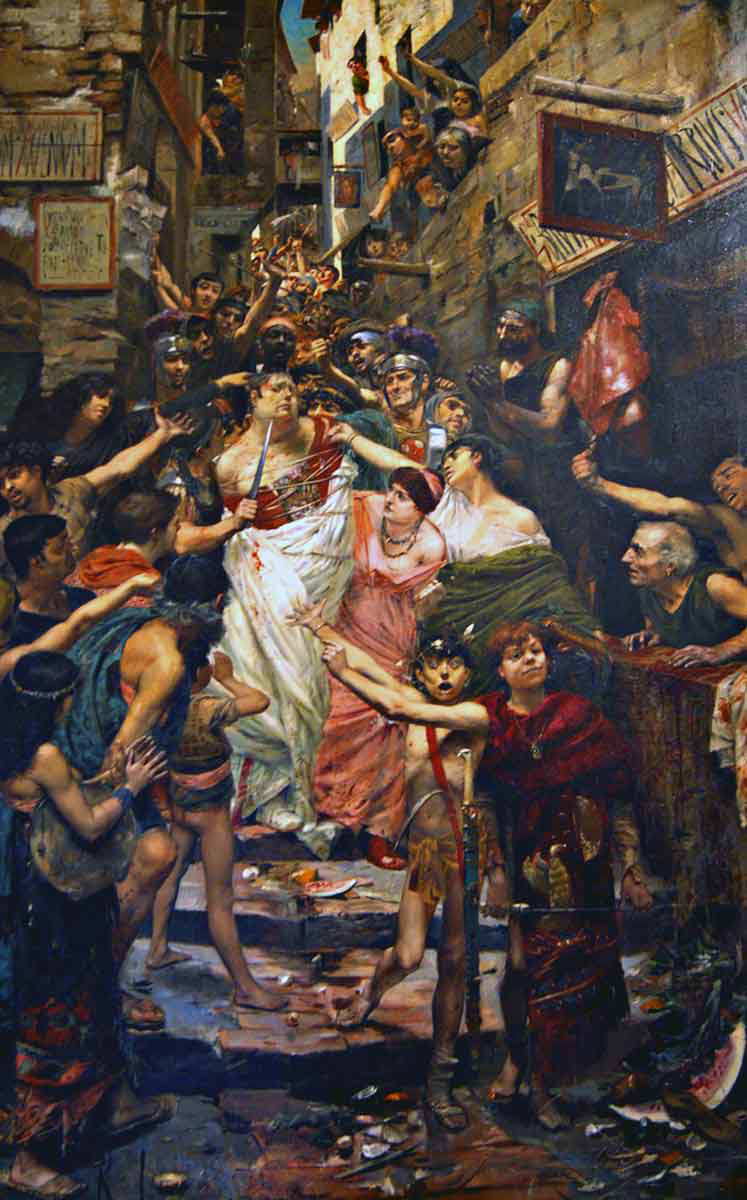
Not long after, on December 20, Primus’s troops were victorious in Rome after a battle that reportedly left 50,000 people dead (Cassius Dio, Roman History, 64.15). Vitellius reportedly first fled to the house of his mother with plans to flee to the countryside but inexplicably decided to return to the palace. Suetonius suggests that he found everything there abandoned, so he tried to hide as much gold as he could on his person, disguised himself in a poor man’s clothes, and then hid in the doorkeeper’s lodge, where he was soon discovered (Suetonius, Vitellius 16).
Vitellius’s treatment in his final moments has been compared by some scholars to the treatment of Jesus of Nazareth before his crucifixion. Tacitus describes how he was dragged out of his hiding place with his arms tied behind his back and his clothing torn. He was jeered in the street, and one of his German soldiers struck out, either trying to put Vitellius out of his misery or hit the man escorting him, resulting in the tribune losing an ear.
“Vitellius was forced at the point of the sword now to lift his face and offer it to his captors’ insults, now to see his own statues falling, and to look again and again on the rostra or the place where Galba had been killed. Finally, the soldiers drove him to the Gemonian stairs where the body of Flavius Sabinus had recently been lying. His only utterance marked his spirit as not ignoble, for when the tribune insulted him, he replied, ‘Yet I was your Emperor.’ Then he fell under a shower of blows; and the people attacked his body after he was dead with the same base spirit with which they had fawned on him while he lived.” (Tacitus, Histories 3.85)
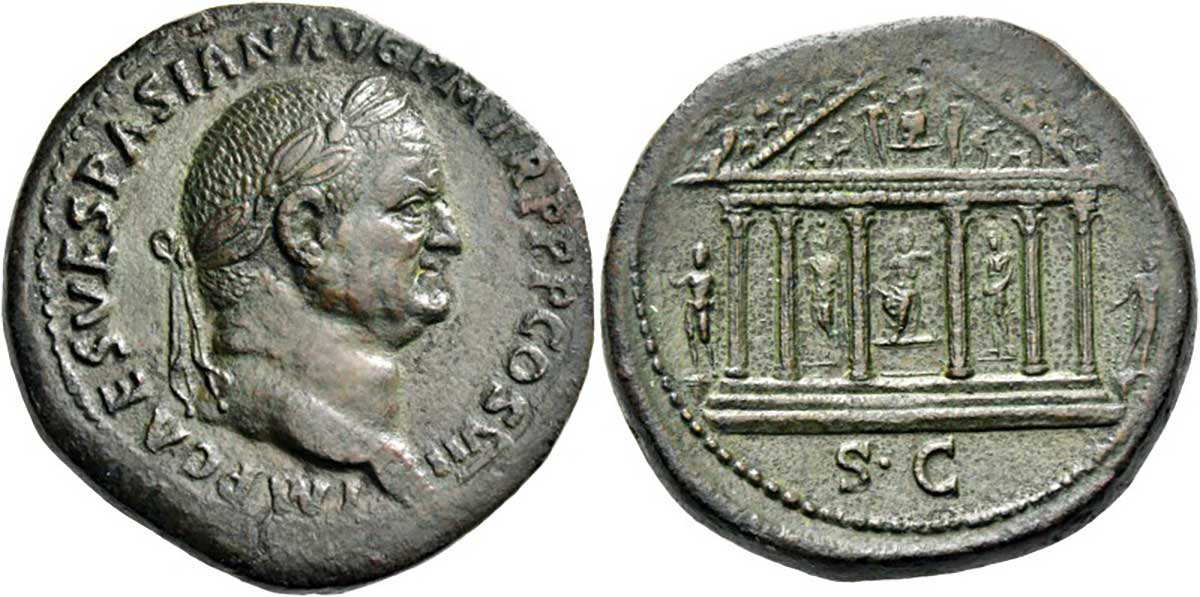
The Gemonian stairs were known as a place of execution. It was where the traitorous Praetorian Prefect Sejanus was executed under Tiberius, where Vitellius had executed Flavius Sabinus, and where he too now died on December 20, 69 CE. Mucianus arrived in Rome the next day and Vespasian was declared emperor. Vespasian would not arrive in Rome until the summer of 70 CE, with his hands clean of the bloodshed in Italy and the streets of Rome.
One of Vespasian’s first priorities was to rebuild the Capitoline Temple, which represented the special divine favor that the gods bestowed on Rome and the devout rituals embraced by the Romans to ensure that favor. It was a monumental symbol of the restoration of Rome following the Civil War. In fact, the crisis of 69 CE was so catastrophic for the Roman psyche that it has been suggested that Revelation was inspired by the year of agony in 68/69 CE.

